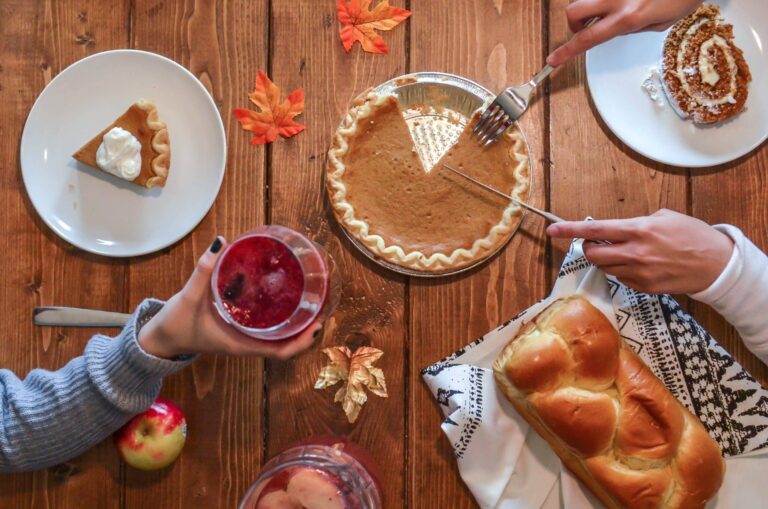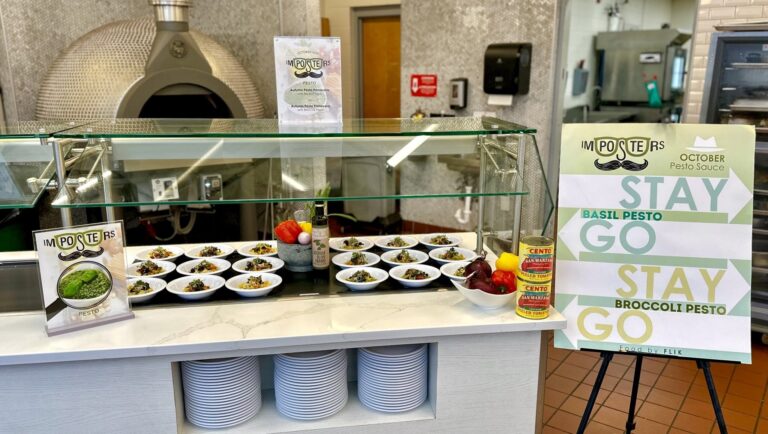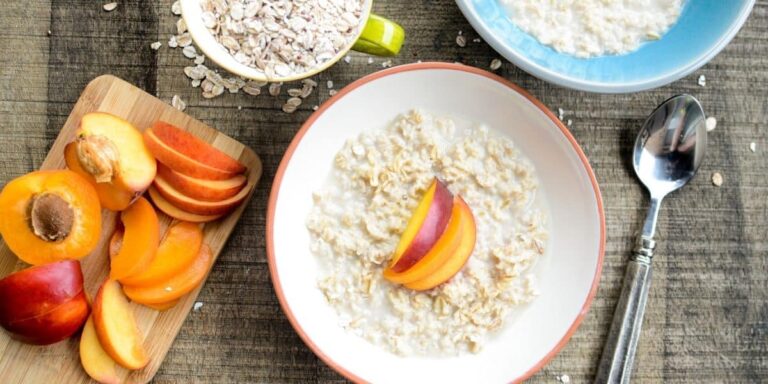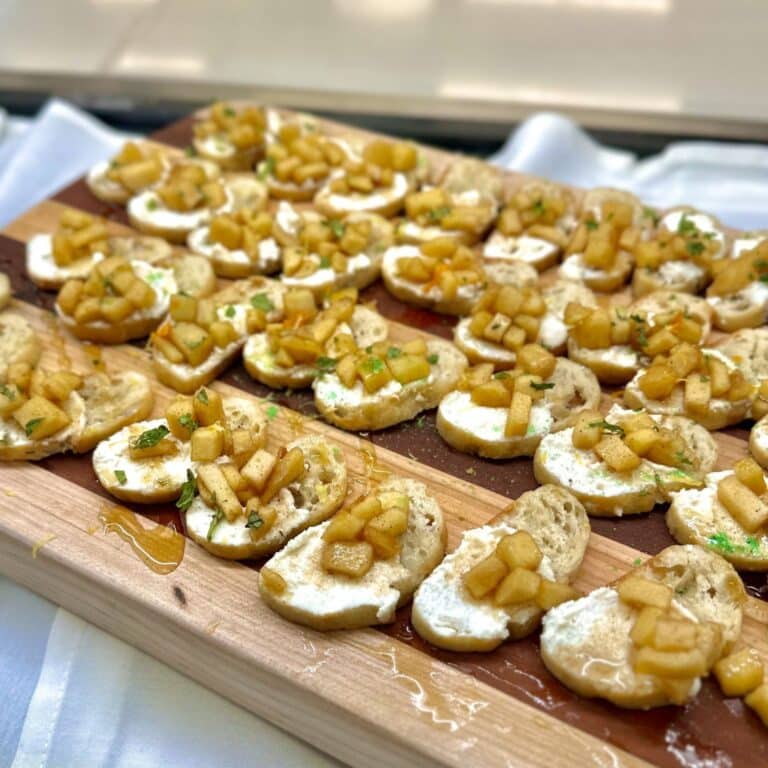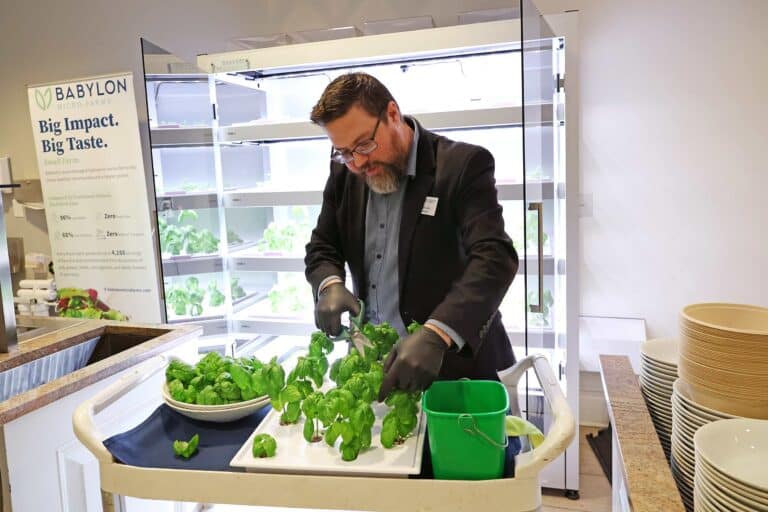FLIK USA Hospitality Group
Welcome to the FLIK Blog Center
Explore the latest news & resources from FLIK Hospitality Group, including recipes, wellness tips from our Registered Dietitians, industry trends, and new services.
Explore the latest news & resources from FLIK Hospitality Group, including recipes, wellness tips from our Registered Dietitians, industry trends, and new services.
